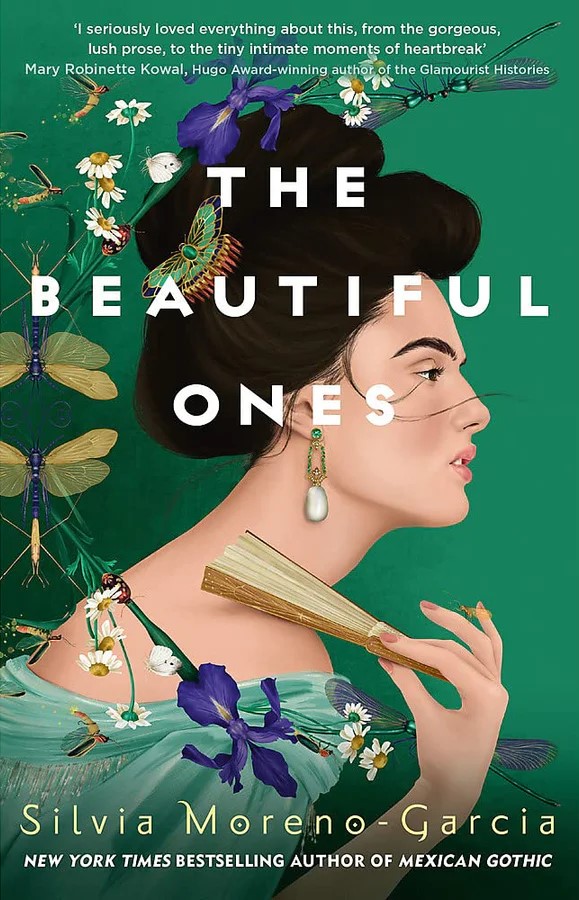★★★★☆
This 290-page novel is a romance with a pinch of fantasy thrown in. Though it deals with themes of deception, betrayal and heartbreak, it is nevertheless a dose of pretty-people-in-pretty-places escapism.
Nina Beaulieu, 19, is new to Loisail, where she is experiencing her first Grand Season. The glamorous parties of the city’s wealthy and beautiful were supposed to be a chance to find her Prince Charming, but her rustic ways have made it difficult for her to fit into the cosmopolitan circles that her guardian cousin and his elegant wife frequent. Nina also has her ‘talent’ to contend with, which sends crockery flying across the room and shakes books off their shelves whenever she loses her composure.
Hector Auvray also has a telekinetic ability, one so perfected that it has taken him around the world as a touring performer. A rags-to-riches success story, but heartbroken, he has come to Loisail in search of his one true love, the beautiful woman who promised she would wait for him, then didn’t.
Young, trusting and naïve, Nina is ill-prepared to navigate the passions and pains of falling for a man with a complicated, unresolved past, but each passing day tangles Hector deeper in his own web of romantic deception. Will Nina’s love steer him from disaster, or will he remain caught by the spell of the woman who has always held him in her power, and who wants him to break his young friend’s heart?
“You said you wrote me a letter,” he told her. “What did it say?”
“Nothing important.”
“Nina, please,” he said knowing instinctively that it was important. And there was a coldness to her eyes, which had been gentle and honest. There were seeds of disappointment in the curve of her mouth, melancholy in her movements where before he’d only ever found a vibrant joy of the world.
Hector knew what she’d written. Not the words but the meaning. It was engraved in the space between them.
Though not particularly complex, The Beautiful Ones is a touching, heartfelt love story. It is fairly chaste (kisses and cut-to-black), but no less passionate for it. Together with the setting, the focus on manners and matters of honour lends a charming, old-fashioned vibe. If you enjoyed the writing style in Mexican Gothic, this book is similarly gorgeous to read. Like Noemí, though not as forthright, Nina is a passionate woman who lives life true to her heart. The two books are very different in tone, however – The Beautiful Ones lacks the darker, horror element that gives Mexican Gothic its edge.
Towards the end, I did find myself wishing that this book had a few more teeth. I liked its conflicts and the characters’ growth, but I found the ending a bit too tidy, and there are few passages of hammy description that lose some of the novel’s power as an illustration of the bittersweet perspective that comes from heartbreak.
I also think the book would have been a better one had Valérie been a more complex and well-rounded antagonist. As Nina’s rival in love, she is a naturally unsympathetic character, but I don’t think it was necessary for her to be written as such a pantomime villain. Particularly in the chapters that show us Valérie’s thoughts and motivations, things feel a little cartoonish.
Overall however, I did thoroughly enjoy this book. Far too much to rate it any lower. I absolutely love the lush, verdant quality of Silvia Moreno-Garcia’s writing, and will definitely continue to work my way through the rest of her books.


